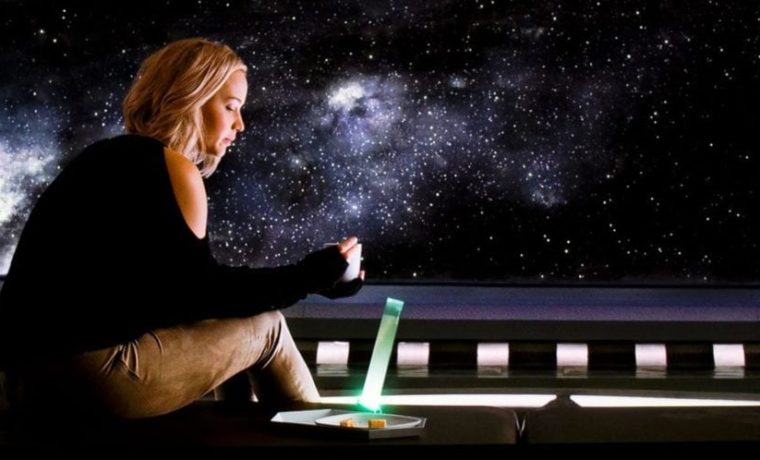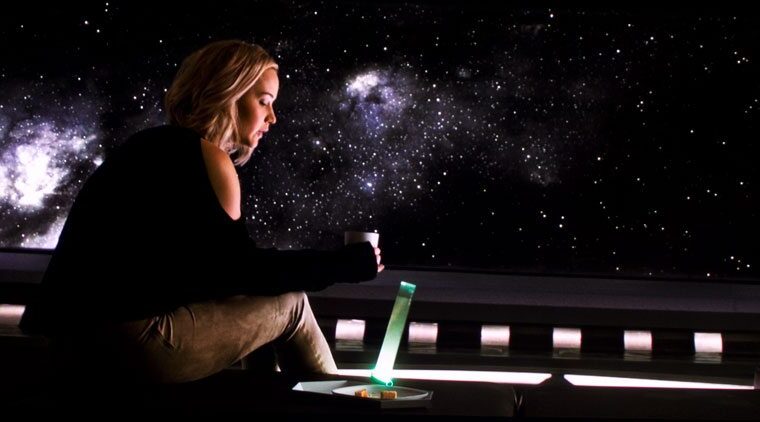BenQ HT9050 Home Theater Projector Review – Special Features 2: Great Optics, No HDR, Light Engine Dimming
- BenQ HT9050 Home Theater Projector Review
- BenQ HT9050 Home Theater Projector Review – Special Features 1
- BenQ HT9050 Home Theater Projector Review – Special Features 2
- BenQ HT9050 Home Theater Projector Review – Special Features 3
- BenQ HT9050 Home Theater Projector Review – Hardware
- BenQ HT9050 Home Theater Projector Review – Picture Quality 1
- BenQ HT9050 Home Theater Projector Review – Picture Quality 2
- BenQ HT9050 Home Theater Projector Review – Performance
- BenQ HT9050 Home Theater Projector Review – Summary
- BenQ HT9050 4K Home Theater Projector Review - Specifications



